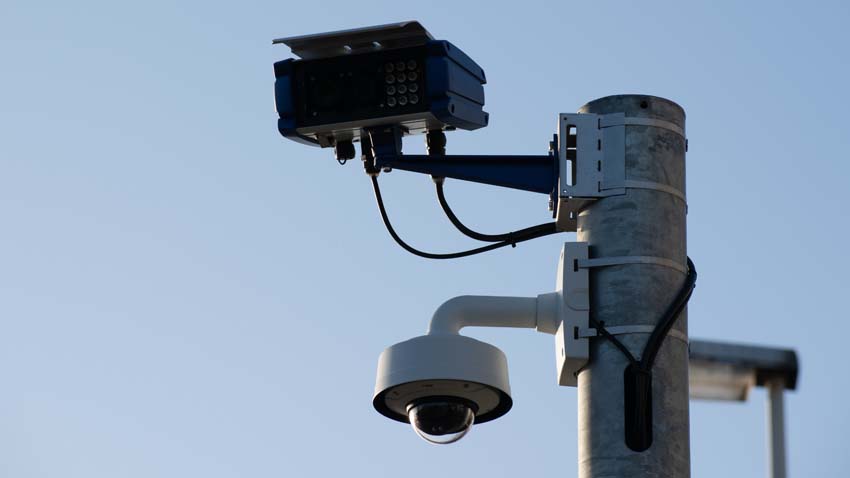
ANPR or automatic number plate recognition cameras, like other kinds of CCTV cameras, are proliferating all over the UK. They observe and identify millions of cars a day so any journey of more than a few miles is likely to mean your movements have been recorded.
There are good reasons for the use of ANPR, just as there often are for the use of other CCTV; nevertheless, if ANPR and its operators are watching us so closely, it's probably a good idea for us to also keep an eye on them.
False flags
There's no denying that ANPR technology is impressive. The invisible software that analyses what the cameras see is as sophisticated as the hardware that we do see. But, clever though these systems are, they are certainly not infallible. In fact, the government's own surveillance camera commissioner has expressed concern over the number of motorists that could be wrongly penalised due to a 3% error rate in ANPR identification of vehicles.
Three percent may not sound like a lot, but that depends how you look at it. ANPR reportedly makes between 75 million and 80 million readings a day. If 3% of those readings are wrong, it means more than two million errors every day. That's a lot of innocent motorists potentially receiving penalties for offences they didn't commit.
Hopefully, as the technology improves, the error rate should come down. One innovation that may help is the ability for ANPR to record data about the colour of vehicles. Correlating secondary data to ensure that a vehicle's colour matches the registration that the system thinks it has seen should make identification more reliable in many cases, but there are plenty of white cars, black cars, blue cars etc. ANPR could easily misread a plate and wrongly flag the number of a vehicle that just happens to be the same colour as one that's been observed misbehaving.
ANPR doesn't like some 4D number plates
A number of London taxi drivers have been challenged over their use of 4D number plates. Some of them are actually being fined and made to retake MOT tests, even though DVLA's number plate regulations do not expressly ban raised letters on plates.
The situation is not helped by genuine confusion over what exactly a 4D number plate is. In reality, these number plates are genuine 3D plates. Rather than giving a 3D impression by the creative use of shading, they use physically raised characters affixed to the background plate with strong adhesive. The term 4D is technically meaningless marketing jargon invented as a way to distinguish between faux (shaded) 3D number plates and genuine three-dimensional plates with physically raised characters. The whole thing is kind of redundant now as the old, shaded, faux 3D plates are now illegal, meaning people can lawfully only buy the real thing.
According to the taxi industry's Taxi Point website, the problem seems to be with plates whose 3D characters are too tall and stand too high above the background. Such plates apparently confuse ANPR and can make the plates unreadable.
This makes for an odd situation where "4D" (real 3D) plates are technically legal, but the way some are manufactured means that they can still contravene the regulations that insist that nothing must be done to a plate to make it difficult for humans or cameras to read it.
